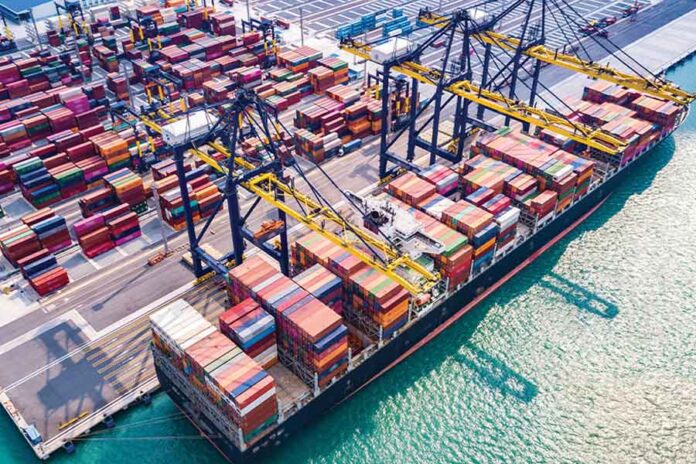Post-importation transfer pricing (TP) adjustments have always presented great challenges for multinational companies doing business in China. There is no formal nationwide mechanism to simultaneously address the tax, customs and foreign exchange administration requirements, and allow customs valuation adjustments after a post-importation TP adjustment.
Shenzhen introduced a pilot TP and customs aligned approach in 2022, allowing retroactive TP adjustment to be made on imported goods. However, the pilot programme is limited to companies registered in Shenzhen, and with advanced pricing arrangements (APAs) with the China tax authority. Given the geographical limitation and the complexity involved in negotiating an APA, it is our understanding that the take-up rate of the Shenzhen pilot programme is so far limited.
A new practice adopted by China Customs piles on additional challenges for companies looking to implement TP adjustments.
DETAILS OF DEVELOPMENT
Given the lack of a nationwide mechanism for post-importation TP adjustment, companies operating in China typically rely on the customs voluntary disclosure regime. Under this, they can report a customs valuation adjustment to initiate an investigation on the upward adjustment of import prices by China Customs. In the past, this process typically ended with the issuance of a customs declaration form (0110 CDF) that reflected the import value difference created by the TP adjustment.
With the 0110 CDF, the company is required to pay the underpaid customs duty and import value-added tax (VAT) associated with the adjustment. The form is also used as supporting documentation for the company to make outward foreign exchange remittance to account for an increase in the intercompany sales price. The 0110 CDF is a requisite supporting document for outward remittance under China’s foreign exchange control regime.
The issuance of form 0110 CDF is typically co-ordinated between the Tariff Administrative Bureau (TAB) and the port-level customs authorities. Starting in late 2021, the authors observed increasing difficulty in obtaining these forms following any settlement with customs on post-importation TP adjustment. It is noted that China Customs will now issue form “9700 CDF”, the purpose of which is to claw back any shortfall in customs duty and import VAT.
As this document represents only the clawback of underpaid customs duty and import VAT (and does not reflect changes in import prices), it is not an acceptable document to support an outward remittance of funds to implement TP adjustments.
As of early 2023, it is our observation that the TAB and the port-level customs authorities will generally deny the issuance of the 0110 CDF and, instead, issue the 9700 CDF in response to a TP adjustment.
While no formal reasoning was provided by the authorities, it is understood this change could stem from the General Administration of Customs’ heightened scrutiny of the practices of the subordinate customs departments and offices, including port-level customs authorities. As the issuance of either the 0110 CDF or 9700 CDF is not governed by law, the TAB and port-level authorities generally have full discretion in deciding which form is issued. There is unfortunately no formal legal recourse available to companies in the event that the 0110 CDF is denied.
IMPLICATIONS AND NEXT STEPS
In view of the above-mentioned development, companies will find it even more difficult to execute TP adjustments moving forward, due to the foreign exchange remittance challenges.
While there is no clear solution for tackling this issue for now, companies operating in China, with related party transactions that may potentially be affected by this development, can consider the following approaches:
- Companies should check and align with the TAB and local port authorities on their prevailing practices prior to making TP adjustments.
- Given the increasing difficulty involved in making retrospective post-importation TP adjustments, companies should prioritise prospective adjustments while keeping in mind that substantial adjustments resulting in significant fluctuation to import prices may attract China Customs’ scrutiny.
- Other intercompany arrangements such as service fees and royalty payments can also be considered for aligning a company’s overall profitability with the benchmarks to manage TP compliance, but such an approach should only be adopted on the review and analysis of the resulting customs implications.
- Companies should also proactively consider their customs valuation defence strategy, including adding a customs valuation addendum to their TP studies. Substantial deviation of a company’s actual profit from the target set based on its TP studies may potentially trigger scrutiny on the customs value of imported goods declared.
It is now even more important for companies to ensure their TP methodology can be substantiated and defended when necessary. Given the above-mentioned development, where China Customs determines that an upward adjustment of the related party import prices is warranted, not only would the company be subject to additional customs liabilities, but it would also be denied the corresponding benefit of “truing down” its profit, which should result in a reduction of tax liability in China, as the outward remittance is unlikely to be supported.
Business Law Digest is compiled with the assistance of Baker McKenzie. Readers should not act on this information without seeking professional legal advice. You can contact Baker McKenzie by e-mailing Howard Wu (Shanghai) at howard.wu@bakermckenzie.com






















